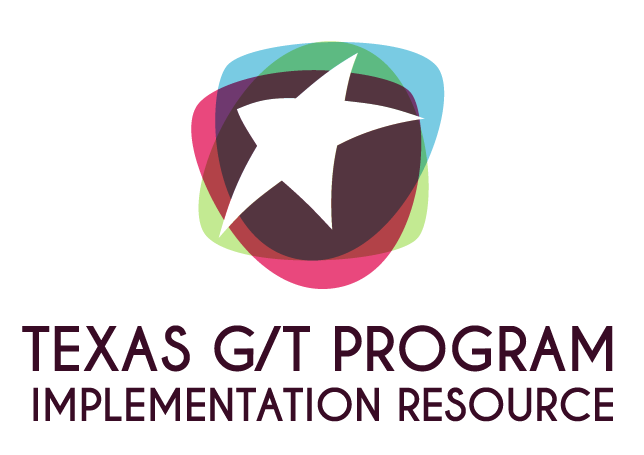Curriculum and Instruction
Once districts have identified their gifted students and decided on the best delivery model for those services, they need to concentrate on providing challenging learning experiences in the four core foundational areas. This can be difficult for some districts that do not have the luxury of curriculum writers for specific lessons and extensions for gifted students. Some districts purchase curriculum units for advanced curriculum, but they don’t always fit within the district vision. Districts with G/T programs have a curriculum framework to guide what is taught at each grade level. They base the framework on advanced skills and research. At the secondary level, research and independent study opportunities may be included in the advanced classes at the middle and high school level. The advanced content studied in AP classes may meet the needs of secondary students, especially in an area of interest. Students in G/T classes are given more opportunities to explore their passions during the school day. The state goal for services for gifted students tells teachers and curriculum writers what should be in a G/T curriculum framework.
STATE GOAL FOR SERVICES FOR GIFTED/TALENTED STUDENTS
Students who participate in services designed for G/T students will demonstrate skills in self-directed learning, thinking, research, and communication as evidenced by the development of innovative products and performances that reflect individuality and creativity and are advanced in relation to students of similar age, experience, or environment. High school graduates who have participated in services for G/T students will have produced products and performances of professional quality as part of their program services.
The Texas Performance Standards Project (TPSP) has many additional frameworks for grades K–12 that are aligned to the TEKS, Research Skills, and College and Career Readiness Standards. The tasks were designed to give G/T teachers the flexibility to integrate TPSP into existing programs and instruction. The tasks are open-ended and can be extended and adapted. The tasks provide teachers with a structured curriculum, but teachers still have the freedom to make appropriate adjustments and enhancements. They are called the Continuum of Learning Experiences Framework (COLEF) charts. This can be a tool for schools that need some guidance writing their framework. Refer to the Texas State Plan for the Education of Gifted/Talented Students under the Recommended and Exemplary columns for guidance on best practices on curriculum. Generally speaking, best practices include a comprehensive program that is vertically aligned K–12. This curriculum framework is focused on students producing advanced, sophisticated products and performances for outside audiences. The G/T curriculum is continuously monitored, evaluated, and assessed by specialists in content and pedagogy.
Resources
G/T Curriculum Framework K-6
This is a sample G/T curriculum framework for grades K–5.
Depth and Complexity Overview
This is a description of depth and complexity as it relates to classroom instruction.
G/T Lesson Plan Template
This is a sample of a lesson plan template a teacher might use to increase the rigor, depth, or complexity of a unit of study.
Titles of Independent Study Courses
This is a list of independent study courses for the secondary levels.
COLEF Depth Complexity
This is a resource tool from TPSP to help increase depth and complexity in classroom instruction.
Links
Texas Performance Standards Project
www.texaspsp.org
G/T Toolkit
Gifted/Talented Teacher Toolkit
College Board AP Central
apcentral.collegeboard.com
